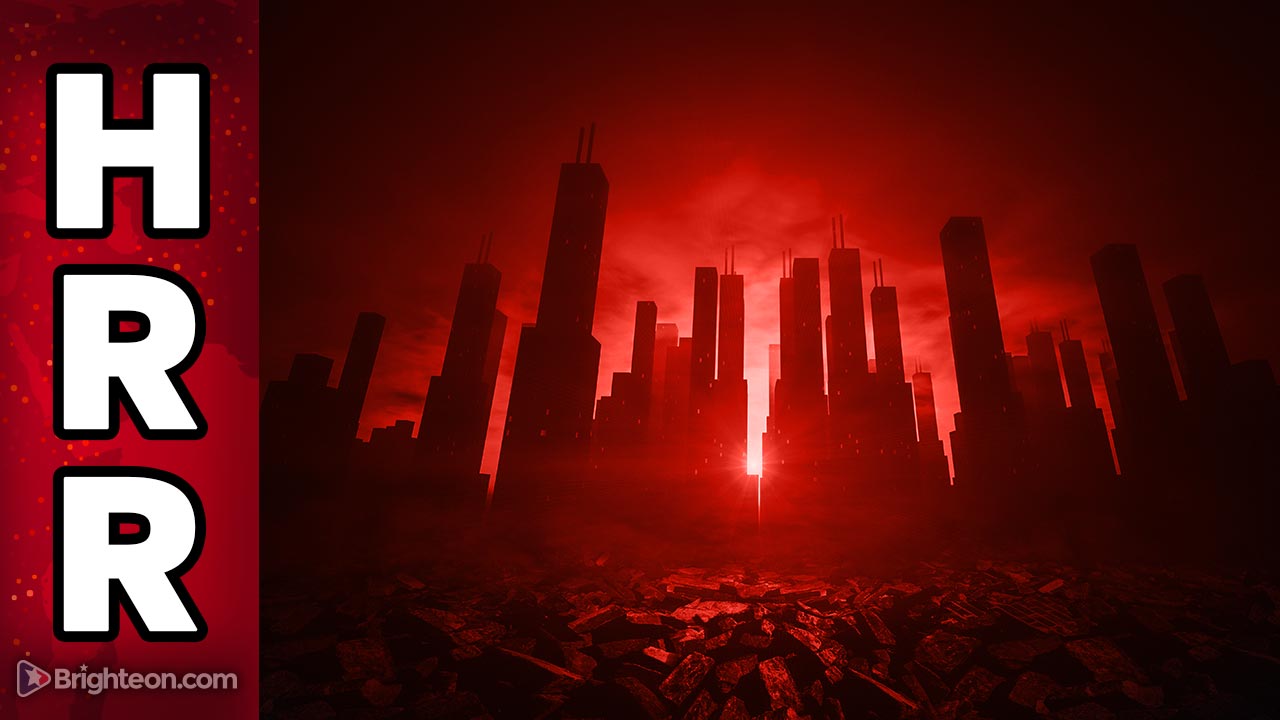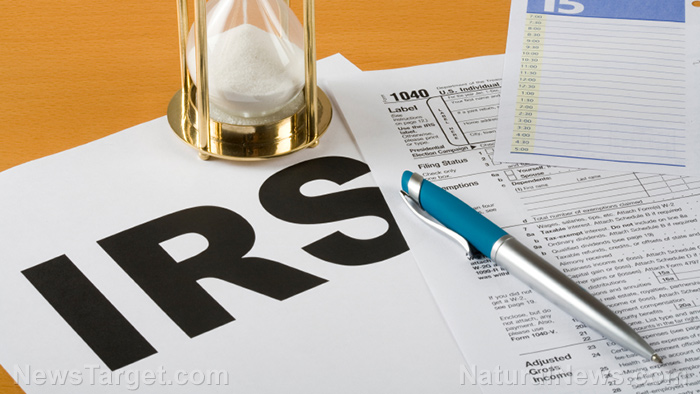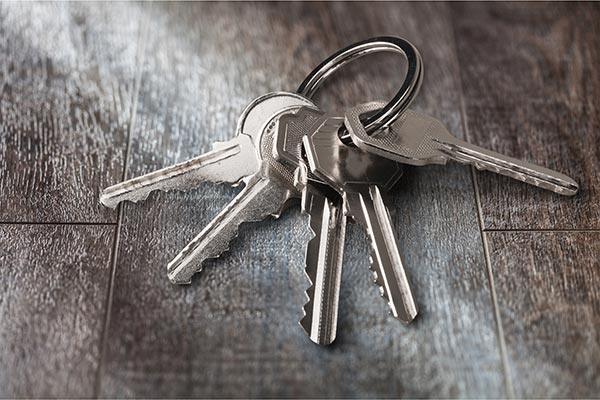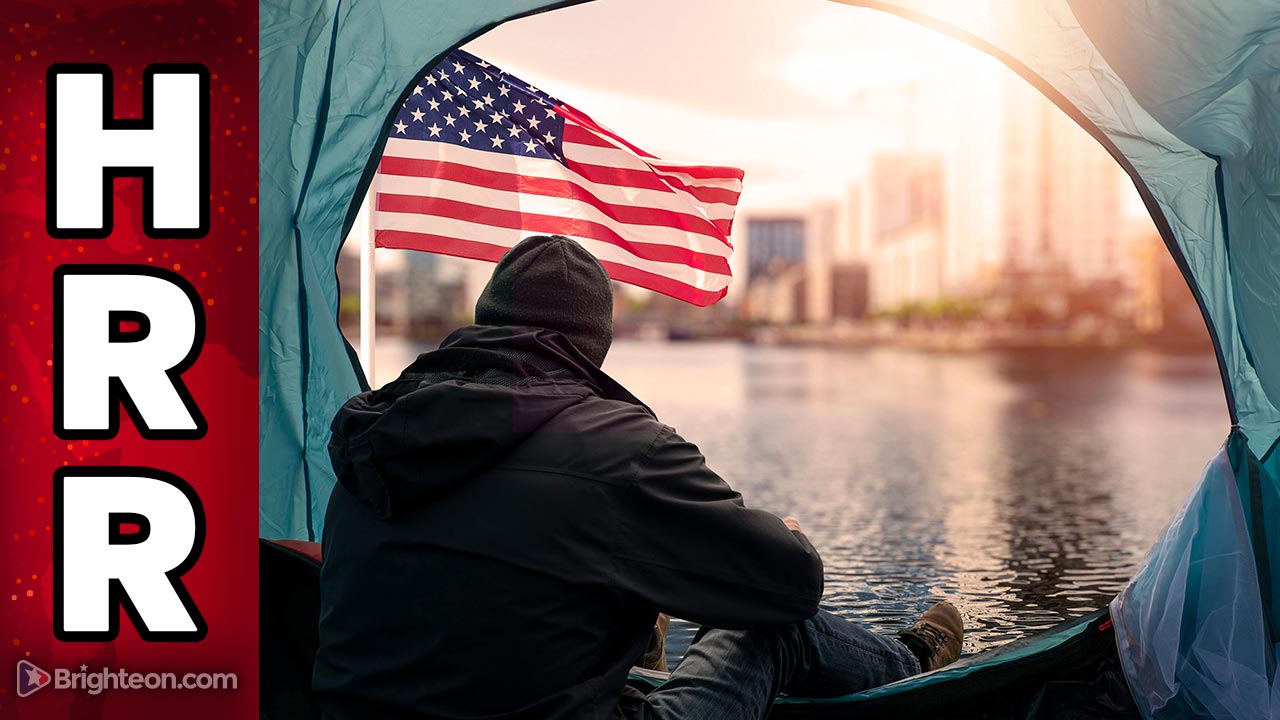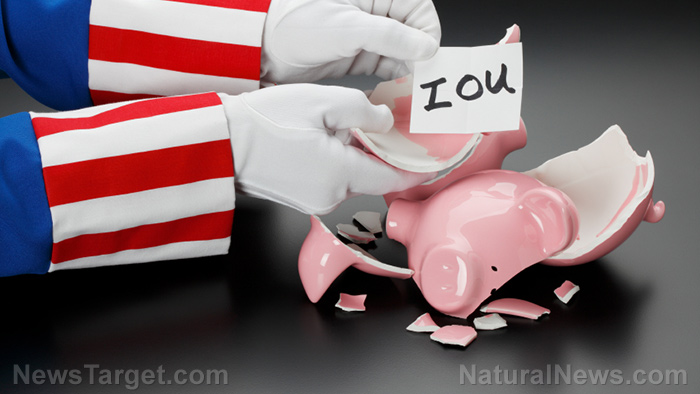Recession or DEPRESSION? The number of Americans taking out loans just to buy groceries has DOUBLED this year
09/01/2022 / By Ethan Huff

The “buy now, pay later” (BNPL) option that you often see on checkout screens when making an online purchase is more popular than ever before, thanks to the failing economy.
As prices rise and hyperinflation rears its ugly head, increasingly more consumers are opting for these short-term loans when eating out at restaurants or even just making purchases at the grocery store.
As wages stagnate and the economy moves into a recession and possible depression, BNPL schemes from the likes of Zip, one of the biggest players in the short-term loan industry, have skyrocketed in popularity. (Related: The use of microloans is also on the rise as the financial apocalypse unfolds.)
Zip says business is up 95 percent this year for people buying groceries, while restaurant bills are up a whopping 64 percent. Zip services major retailers such as Costco, DoorDash, Safeway and Starbucks.
“Users can pay for groceries or a pumpkin spice late with just 25 percent down, and the remaining 75 percent split into four payments over the following six weeks,” writes Jarryd Jaeger for The Post Millennial.
Nearly three in four BNPL users end up dinging their credit score
Usually at no interest, a customer can opt for BNPL and spread out their payments over time – usually weeks or even months. It can be an attractive offer for folks who live paycheck to paycheck and feel like they could use the extra help.
Buying food and consumer goods using BNPL is also easy, taking about as much time as entering your credit or debit card number at the checkout screen.

The problem is that many people who use BNPL do not plan ahead and end up falling way behind on their payments – even for relatively small-sized purchases.
According to Credit Karma, about one third of all BNPL users ends up falling behind on at least one payment. Nearly 75 percent or, or roughly three in four, users also end up taking a hit to their credit score by using these services.
“Many service providers charge late fees, meaning a simple purchase can quickly become expensive if payments are not made in time,” Jaeger explains.
A report from Fitch Ratings also shows that the average BNPL user already has higher-than-normal debt, suggesting that indiscriminate spenders are the target market.
While it is unlikely that BNPL services will ever replace credit cards, which can also get some people in a lot of trouble, they have a certain allure, especially during times like these, to help people get through tough times.
With prices going through the roof on pretty much everything, BNPL could become some people’s last remaining option for making ends meet. However, if they do not pay the bill, then the debt bubble burst will only become that much greater in the end.
“Be very, very careful about borrowing money just to live,” warned a commenter at Natural News. “If you cannot survive now, what makes you think the future will be any better when you still can’t survive, and the bank wants their money back?”
“This is all on purpose and by design. The world is not turning upside down by pure coincidence.”
Another wrote that with the way things are going, it is only a matter of time before “alliances will have to be made in communities in order to control the zombies,” referring to those who max themselves out and end up with unsolvable problems that result in widespread chaos and societal breakdown.
As the current world order crumbles to dust, you can keep up with the latest news about it at Collapse.news.
Sources for this article include:
Submit a correction >>
Tagged Under:
Bubble, Collapse, debt bomb, debt collapse, depression, economy, finance, Inflation, loans, market crash, money supply, pensions, recession, risk, Zip
This article may contain statements that reflect the opinion of the author
RECENT NEWS & ARTICLES
COPYRIGHT © 2017 COLLAPSE.NEWS
All content posted on this site is protected under Free Speech. Collapse.news is not responsible for content written by contributing authors. The information on this site is provided for educational and entertainment purposes only. It is not intended as a substitute for professional advice of any kind. Collapse.news assumes no responsibility for the use or misuse of this material. All trademarks, registered trademarks and service marks mentioned on this site are the property of their respective owners.




